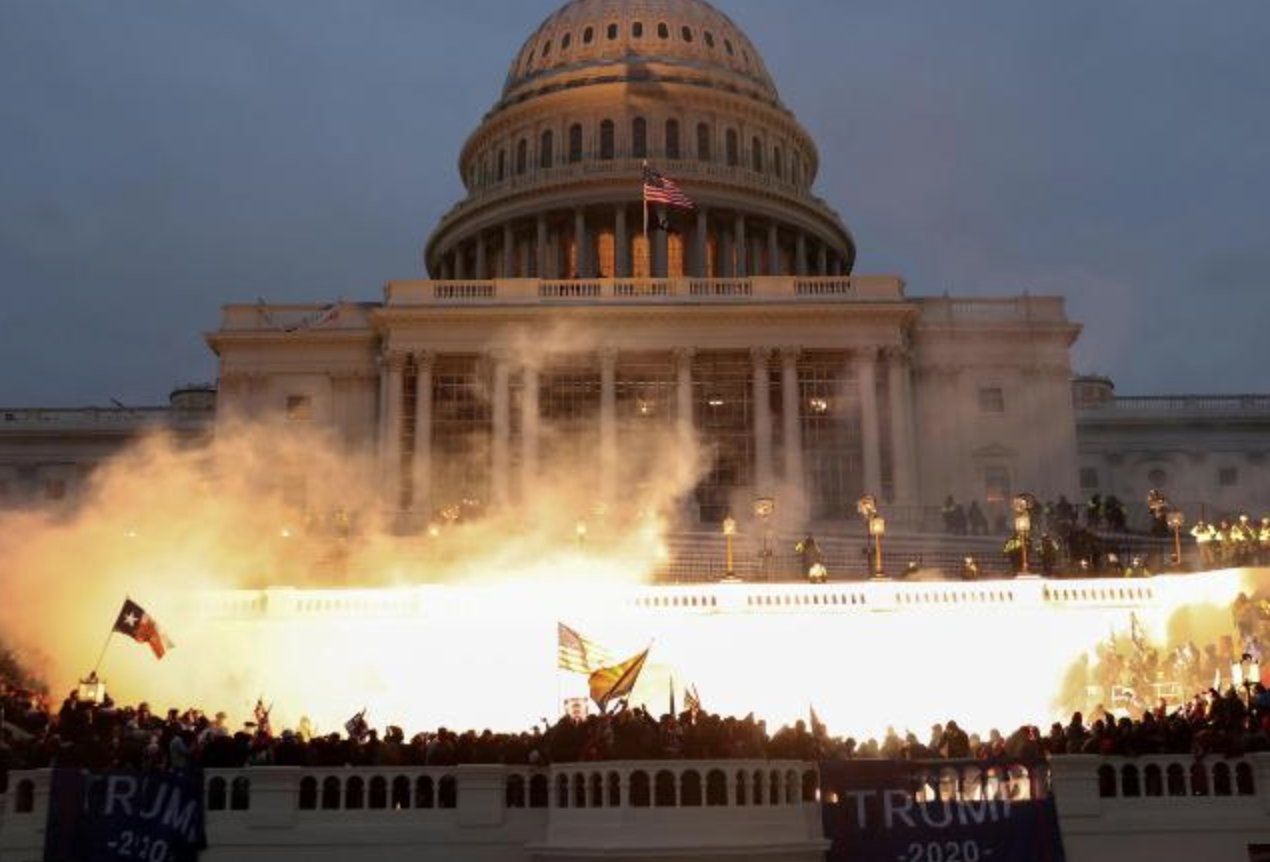The New York Times “Sunday Opinion” section, a consistent source of valuable news analysis by journalistic pros in its former incarnations, has oddly transmogrified by indulging in off-the-news features, self-absorbed memoirs and random social psychology musings, often running at considerable length.
By contrast, the “Review” section of the weekend edition at The Wall Street Journal’s has maintained its customary serious mix of news analyses, book reviews and snappy little running features.
In particular, the in-depth articles that lead off each Journal section have emerged as must reading. In particular, religion writers and the news consumers that follow the beat should note that the first two pages in the June 24-25 edition offered an important survey under the capitalistic headline “The Competition for Believers in Africa’s Religion Market (yes, this is behind a paywall).”
Much of the Journal scenario in this essay — written, in part, by Vatican correspondent Francis X. Rocca (who frequently covers other religion news and trends — will be familiar to those who closely follow international religion news, but The Guy will spotlight one notable news angle here regarding Islam.
We’re told that the African continent, apart from its Muslim northern tier and south of the Sahara Desert, is “one of the world’s most active and contested religious markets.”
The Guy would amend that to say it’s clearly the single most contested market, one where shrinking indigenous faiths have given way to strong and all-too-often violent religio-political competition between Christians and Muslims.
The experts at the World Religion Database say the region had 7.4 million Christians in 1900 and is projected to have 1.3 billion by 2050, by then making up 38% of the world’s Christians. The team at the Pew Research Center figures that by 2037 the region’s Muslims will outnumber those in their religion’s historic heartland of North Africa and the Mideast.










